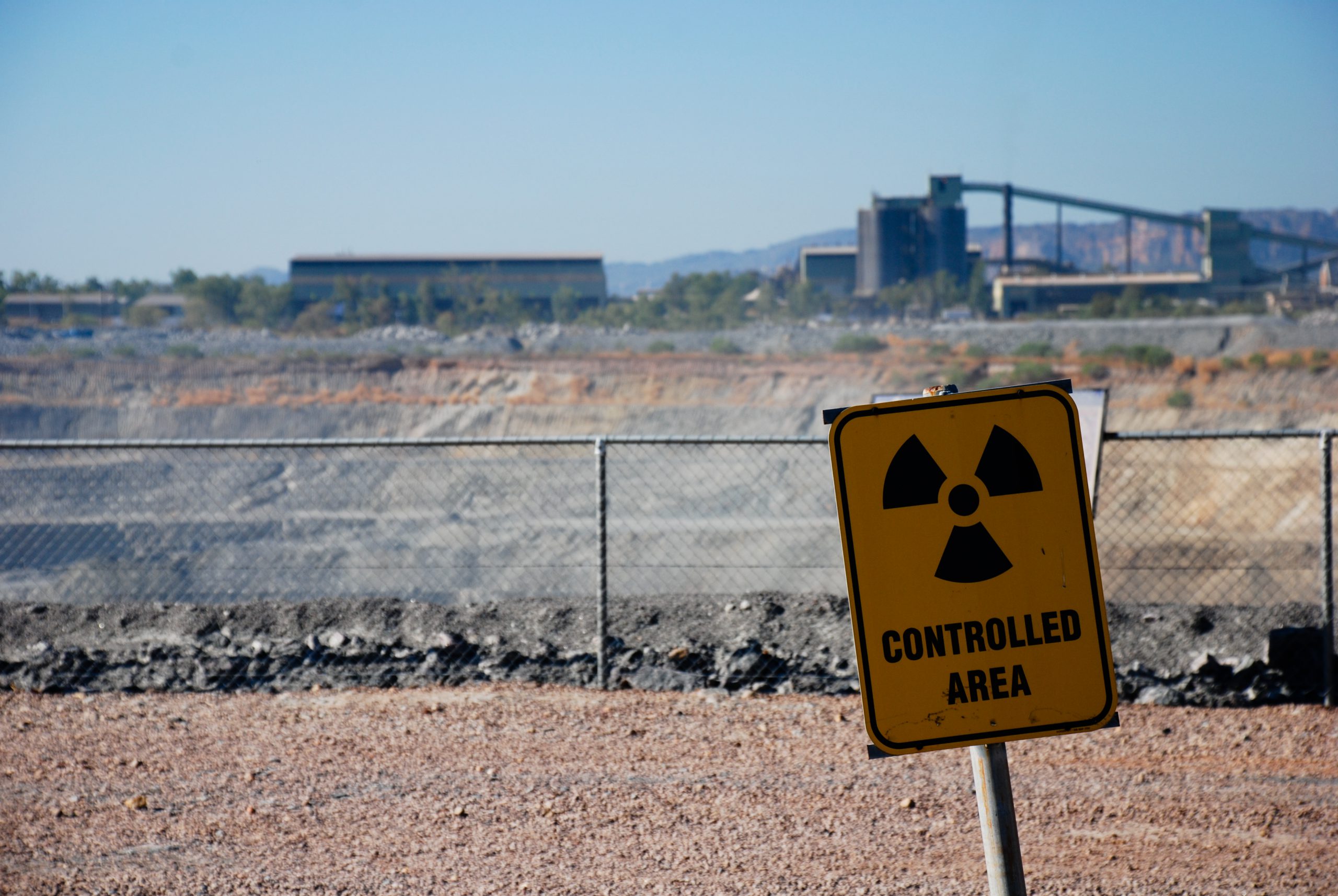Addressing the consequences of uranium mining in the Southwest, Anna Benally said, “When uranium mining came to Navajo Land, we were never told it was unsafe to be around it. We were never told to keep our children from playing near it or keep our livestock from coming around it. We were just happy to have jobs.”
By: Kristin Scheer | Peace Works Kansas City

Uranium mining is still causing problems in the US. This was the topic of Radio Active Magazine on KKFI, 90.1 FM Community Radio, on Feb. 9. Activists from the Multicultural Alliance for a Safe Environment (MASE), based in Albuquerque, NM, joined PeaceWorks-KC leaders for the program.
The MASE activists on the program were Anna Benally, a former uranium mine employee turned activist who is working to heal the land and protect the health of people and livestock, and Susan Gordon, coordinator of MASE. PeaceWorks Board members Ann Suellentrop and myself introduced the MASE leaders and interviewed them. The podcast is online at https://kkfi.org/program-episodes/fighting-uranium-contamination-in-the-southwest/.
Here are some reflections from the program.
Ann Suellentrop pointed out that radiation is undetectable by humans, an unseen threat to our health and our DNA for years to come. She insisted, “The story of uranium mining is important to learn about because it is not reported on or taught about in school. It is pertinent to Kansas City because our city owns title to one of eight sites” engaged in developing nuclear weapons. The Kansas City plant (called the National Security Campus, where the land for the buildings is owned by a commission appointed by the city’s mayor) makes or procures 85 percent of the non-radioactive materials for the US nuclear weapons program. Work on the uranium—and plutonium—for nuclear weapons is done elsewhere.
Addressing the consequences of uranium mining in the Southwest, Anna Benally said, “When uranium mining came to Navajo Land, we were never told it was unsafe to be around it. We were never told to keep our children from playing near it or keep our livestock from coming around it. We were just happy to have jobs.”
Benally continued, “The piles (of rock and debris) that still contaminate our land are constant reminders of how we were abused, used, and confused about the poison, toxic waste that still sits among us.” Benally explained, “No one ever really tried to clean it up. Now they ask us to move out of the area. They are relocating us rather than the uranium. It hurts to be asked to move off our homeland.”
She then commented on the widespread efforts of her people: “I’m proud of our outreach efforts. We reach out to let people know that there are still 507 abandoned mines all over the Navajo Nation.”
Susan Gordon talked about the groups that comprise MASE and the native people that MASE represents. Of one of the groups, she said, “Their area was once known as the carrot capital of the US. Uranium mining came in and wiped out all the agricultural work that was happening in the area. It’s now a huge superfund area, and we’re fighting to get it cleaned up.”
Gordon asked for help with expanding the Radiation Exposure Compensation Act (RECA). In 1971, mined uranium, once used for nuclear weapons, began to be used for nuclear energy. The mining itself did not change, said Gordon. “The work and the process—no different or less dangerous.” However, the protection offered to the workers effective before 1971 was not offered to the workers post-1971, or the people affected downwind. “We are working with the new administration to get compensation for those workers and those victims,” said Gordon. She cited their website, SWUraniumImpacts.org, for more information and for a petition to sign for expanding RECA.
—Kristin Scheer, a PeaceWorks Board member, is an environmental activist.
